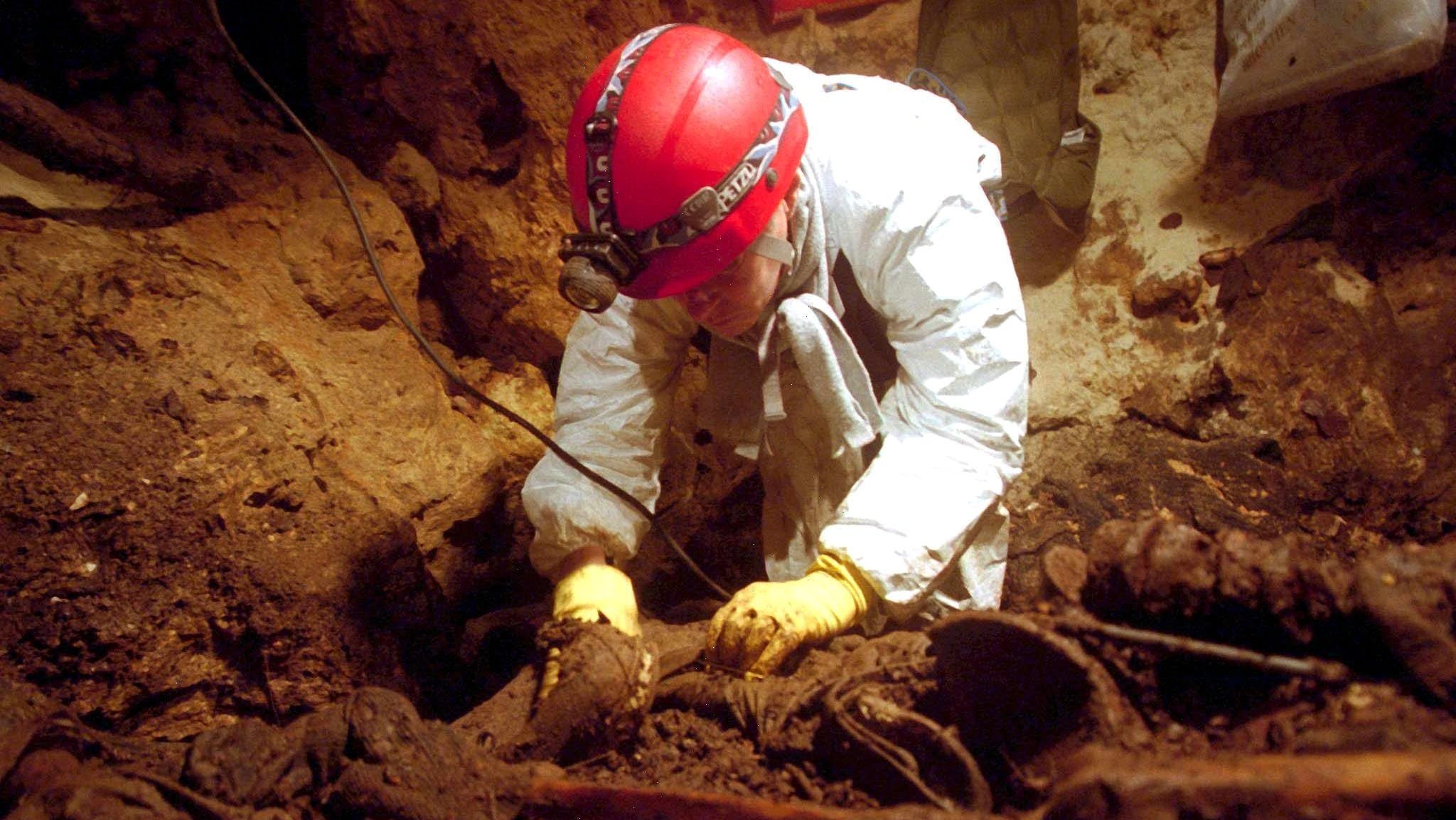This post is also available in: Bosnian
The mural of Mladic at the centre of the row was painted on a building at the crossroads back in July, and the subsequent failure to remove it highlights the unwillingness or inability of the authorities to confront right-wingers who see Mladic as a hero.
The municipality inspection service ordered the residents of the building on which the mural is painted to remove it in September – but no company wanted to accept the job.
Aleksandra Blagojevic, the professional manager employed to look after the building, explained that they tried to hire about five companies to repaint or clean the wall.
“We simply did not manage to organise it practically; that is, no company wanted to agree to remove the mural,” Blagojevic told BIRN.
“So then we came up with the idea of contacting an NGO – more sepcifically, one tenant came up with the idea – so we tried to organise it that way, but you know what happened next,” she added.
What happened was that the Belgrade-based Youth Initiative for Human Rights called on people to gather on Tuesday, November 9, the International Day against Fascism and Anti-Semitism, and remove the mural from the wall.
But then the Interior Ministry banned all gatherings at the spot on Tuesday, saying that there might be clashes.
During the week, there were two assaults on the mural – one with eggs and the other with white paint. In the first incident, police arrested two female activists. Each time, right-wingers cleaned up the mural afterwards.
Young men ‘from the neighbourhood’ stand guard

In June this year, the Mechanism for International Criminal Tribunals in The Hague confirmed Bosnian Serb military chief Mladic’s life sentence for the genocide of Bosniaks from Srebrenica and other wartime crimes.
After the judgment, Serbian Interior Minister Aleksandar Vulin said that the Hague court was “established not to seek justice and contribute to reconciliation, but to try Serbs”, and described Mladic’s life sentence as “revenge, not a verdict”. Serbian officials do not accept that the massacres of Bosniaks from Srebrenica constituted genocide.
The mural of Mladic appeared in Belgrade the month after the verdict. But although it only hit the headlines this week, ever since it was painted in July, there have been attempts to deface or remove it.
News website KontraPress reported on Wednesday that there have been at least nine such attempts, but each time the mural was cleaned up almost immediately.
Source: YouTube/KontraPress.An inspector from the municipal authorities visited the site in mid-September and then ordered the mural’s removal.
But Blagojevic said that because the mural was immediately repainted every time it was defaced, the residents realised that “someone is checking on it, guarding it or who knows what”.
Meanwhile the companies that were asked to repaint the building “realised that they might have a problem, maybe, so they didn’t want to get into such a thing, let’s assume”, she added.
On Wednesday, when politician Djordjo Zujovic threw a bucket of white paint over the mural, it was again cleaned a couple of hours later by a group of young man wearing hoods and masks who did not want to talk to journalists or say if they were member of any organisation.
The same evening, a bigger group gathered at the site. Nova.rs news website reported that they all claimed that they are “from the neighbourhood” and that they respected the Bosnian Serb wartime general’s “character and deeds”.
They sang songs about Kosovo and Mladic, played music and displayed a banner that described the war criminal as a “hero”.
There were fewer police on duty at the site than on Tuesday, when uniformed and plainclothes officers arrested two women who threw eggs at the mural, and then police with riot shields set up a cordon in the evening to prevent protesters reaching the site.
Right-wingers continued to maintain a presence at the mural on Friday as they continued their efforts to protect it from further defacement.
Graffiti and murals dedicated to Ratko Mladic are not uncommon in Serbia, but they are usually removed by concerned individuals or anti-war activists, not the authorities.
As a professional buildings manager, Blagojevic takes care of dozens of other residential sites in Belgrade, and has often had to address the problem of graffiti.
“It is most often removed, at the request of the tenants, when the facade is worked on,” Blagojevic said.
She said that the residents of the building in Vracar hope that the municipality will now take action to deal with the mural.
Meanwhile anti-war activists have called another protest in a nearby square for Saturday, and the issue has been drawing increasing amounts of negative attention internationally.
“The mural in Belgrade is not an isolated incident. Posters, graffiti, other materials and statements praising war criminals are found in other parts of Serbia, as well as in various towns in Bosnia and Herzegovina, Croatia, Montenegro and elsewhere in the region,” the UN High Commissioner for Human Rights, Liz Throssell, said in a statement on Friday.
“Symbols glorifying convicted war criminals should have no place in the public space. Such symbols are all the more concerning given the recent rise in hate speech and denial of genocide and other atrocity crimes in the Western Balkans – developments that highlight the failure to address the past,” Throssell said.

